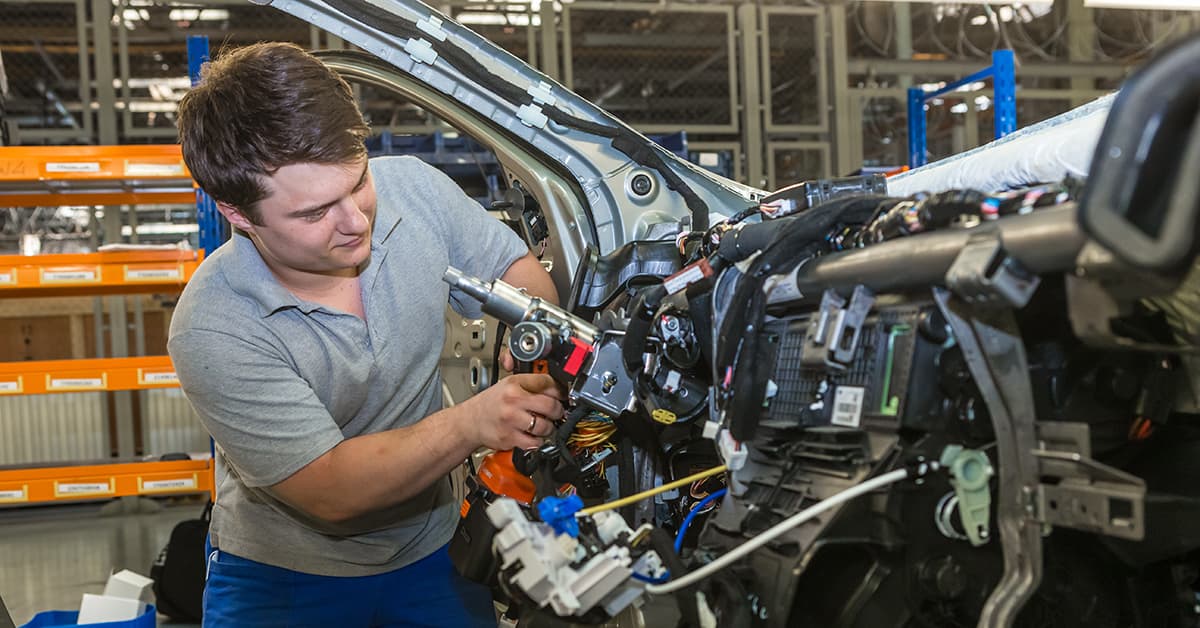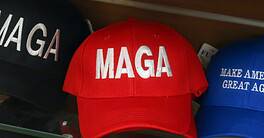The culprits behind these and dozens of other production cuts by automakers around the world are supply chain constraints and shortages of semiconductor chips.

Automakers worldwide are slashing production as global supply chain challenges—and the microchip shortage—continue to hit the industry hard. It couldn’t come at a worse time for the industry, as the demand for cars surges.
One of the latest victims is Japan’s Nissan Motor, which told suppliers in mid-October that it would reduce anticipated global production of cars for October and November by 30%. The announcement followed a two-week shutdown of a US plant. Meanwhile, Honda Motor said it would cut production by 10% in November at its Japanese assembly plants. In October, output at the plants was down by 30%. In September, GM was forced to shut production at most of its North American facilities.
The culprits behind these and dozens of other production cuts by automakers around the world are supply chain constraints and shortages of semiconductor chips. In September, consulting firm AlixPartners forecast that the chip shortage will cost the global automotive industry approximately $210 billion in foregone revenue in 2021, nearly double its May forecast. The world’s carmakers are on track to produce 7.7 million fewer units than they would have otherwise this year—which is equivalent to 10% of total 2020 auto production.
Weak links in the global supply chain infrastructure, such as shipping container shortages, backed-up ports, worker shortages and continued challenges related to Covid-19, also hurt the global economy. In October, the International Monetary Fund trimmed its forecast for global economic growth in 2021 by 0.1%, to 5.9%, citing in part supply chain issues. Developed markets are being disproportionately affected, with US economic growth forecasts cut by an entire percentage point to 6%.
As a result, supply challenges are getting in the way of automakers benefiting from robust demand. A shortage of new vehicles has led to higher prices for used cars, in some cases resulting in used vehicles costing more than new autos. In the US, pent-up post-pandemic demand has only added to overall demand. Additionally, as the world economy’s major central banks have pumped increased liquidity into the global economy, demand for a wide range of goods has risen sharply. In September, retail sales in the US were up 13.9% compared to the same period in 2020.



